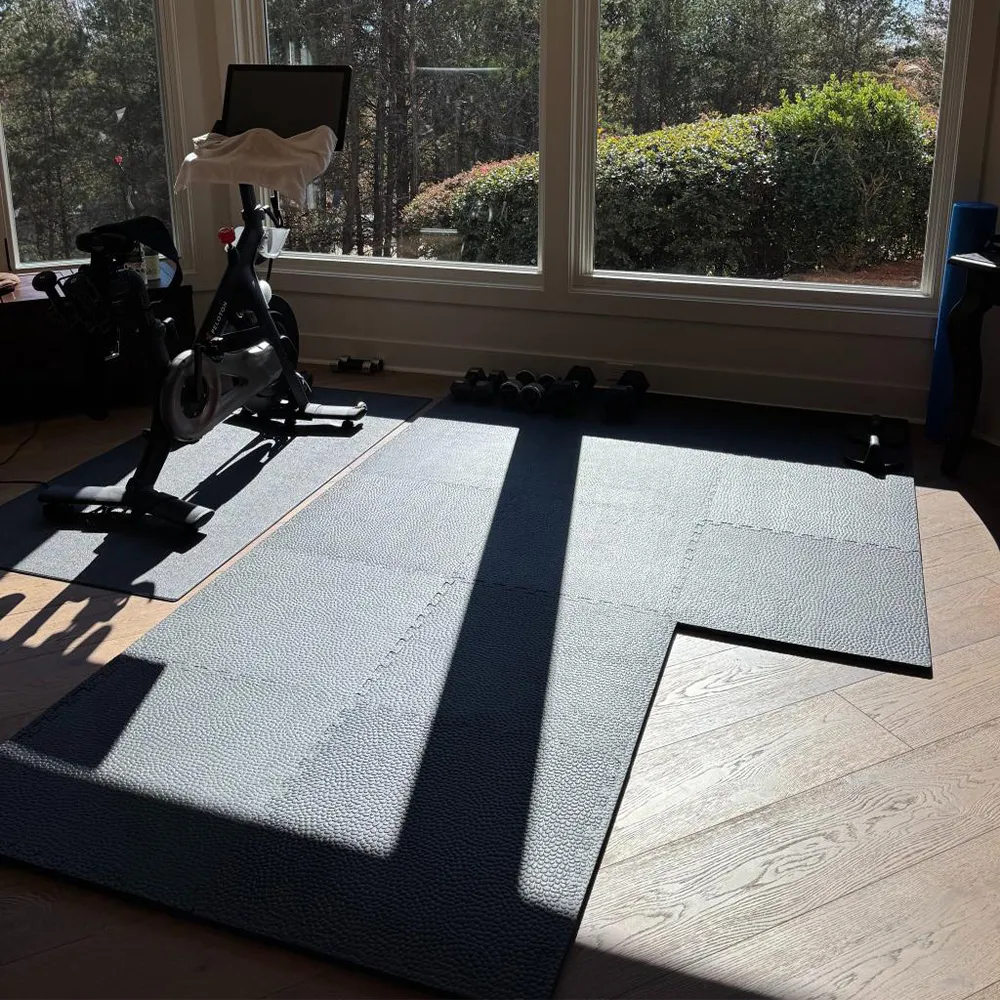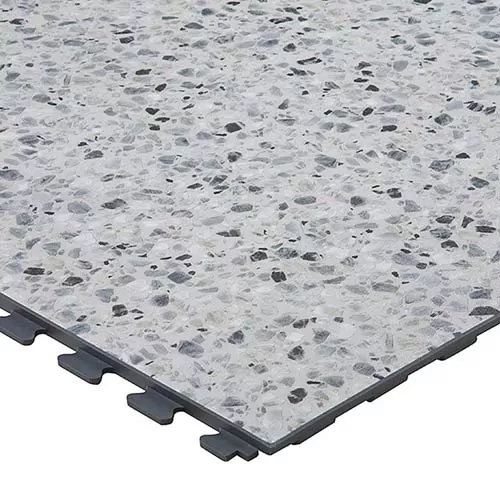Why Is Your Indoor Flooring Fading?
Why Indoor Flooring Fades
Understanding the reasons why your flooring may be fading can help you prevent further damage. You can use this information to choose the best products for your planned installations and to preserve the lifespan of the flooring you select.Sunlight

Sunlight takes a toll on flooring, and its UV rays can cause even durable flooring to develop a faded look when exposed to direct sunlight. If you’re installing flooring in a location that receives significant sunlight each day, such as in a living room with lots of big windows that let in plenty of light, then be sure to choose a UV-resistant product specifically manufactured for that type of sun exposure.
Even filtered light or light that’s reflected off of walls can cause your flooring to fade over time, though. If you’re using an indoor flooring that doesn’t feature UV-resistant pigments, this filtered or reflected light can gradually take a toll.
Wear and Tear
The daily wear and tear that your indoor flooring sees can cause it to fade and look older and worn. Foot traffic, moving furniture, and just general use can scratch and dull the surface of your flooring tiles, giving them a faded appearance.
If you anticipate the space will see a large amount of wear and tear, try to choose a fade-resistant flooring product that’s highly durable. For example, many vinyl tiles and planks feature wear layers that help enhance their durability and protect them from the scratches and wear that can make them appear faded.
Improper Cleaning

How you clean and maintain your flooring can also contribute to fading. If you use abrasive cleaners, strong chemicals, or cleaners that aren’t suited for your flooring tile type, you can potentially damage the surface finish, leading to fading or dullness. Acids can potentially etch the surface of your flooring, while bleach can discolor the finish.
Before you clean your new flooring, be sure to carefully read the manufacturer’s maintenance and cleaning instructions. Only use cleaners and products that the manufacturer approves and recommends to help protect your flooring.
Moisture and Water Damage

Excess moisture can also cause flooring to fade. Moisture resulting from spills or humidity can penetrate porous tiles. It can result in staining, discoloration, or mold growth, all of which contribute to flooring fading.
Consider where you’ll be installing your flooring and choose products that are suitable for the location. For example, hardwood is not ideal for use in a basement that’s prone to moisture issues. It’s best to choose a waterproof flooring product for use in areas where humidity, leaks, or floods are possible.
Improper Sealing
Some tiles require the application of a protective sealant to lock in their glossy finish. That sealant also helps protect the tiles from stains. If the tiles aren’t properly or regularly sealed, they’re more likely to become dull and faded.
Carefully review the manufacturer’s instructions to verify that you’re properly caring for your flooring tiles. Use the specified type of sealant, and be sure you follow the recommended application schedule to keep the tiles protected.
Dirt Buildup
A buildup of dirt and grime can cause your flooring to appear faded. If you allow dirt to build up, it can create a film that dulls the floor’s vibrancy, creating a faded appearance.
Thoroughly and regularly clean your floors to help prevent dirt and grime buildup, keeping the flooring looking its best.
Tile Selection
If you’re looking for flooring that won’t fade, the type of tile that you choose matters. Surface-printed tiles, which feature the color and pattern only on the top layer of the tile, are more likely to become worn or faded. In comparison, through-body tiles, in which the color is present throughout the entire tile, are more durable and are less likely to fade.
Purchase Flooring That Won’t Fade at Greatmats
At Greatmats, we stock an excellent variety of color-stable flooring designed to resist fading. Whether you’re looking for a durable rubber tile or want a vinyl plank that will look great in your home or business, we’re happy to help you find the product that’s best for your needs.Since many factors can contribute to fading, including a tile’s composition, maintenance practices, and environmental conditions, it’s important to carefully consider the flooring products you choose for use in areas like a garage or bedroom. Contact our customer service team today for help as you explore your flooring options.
